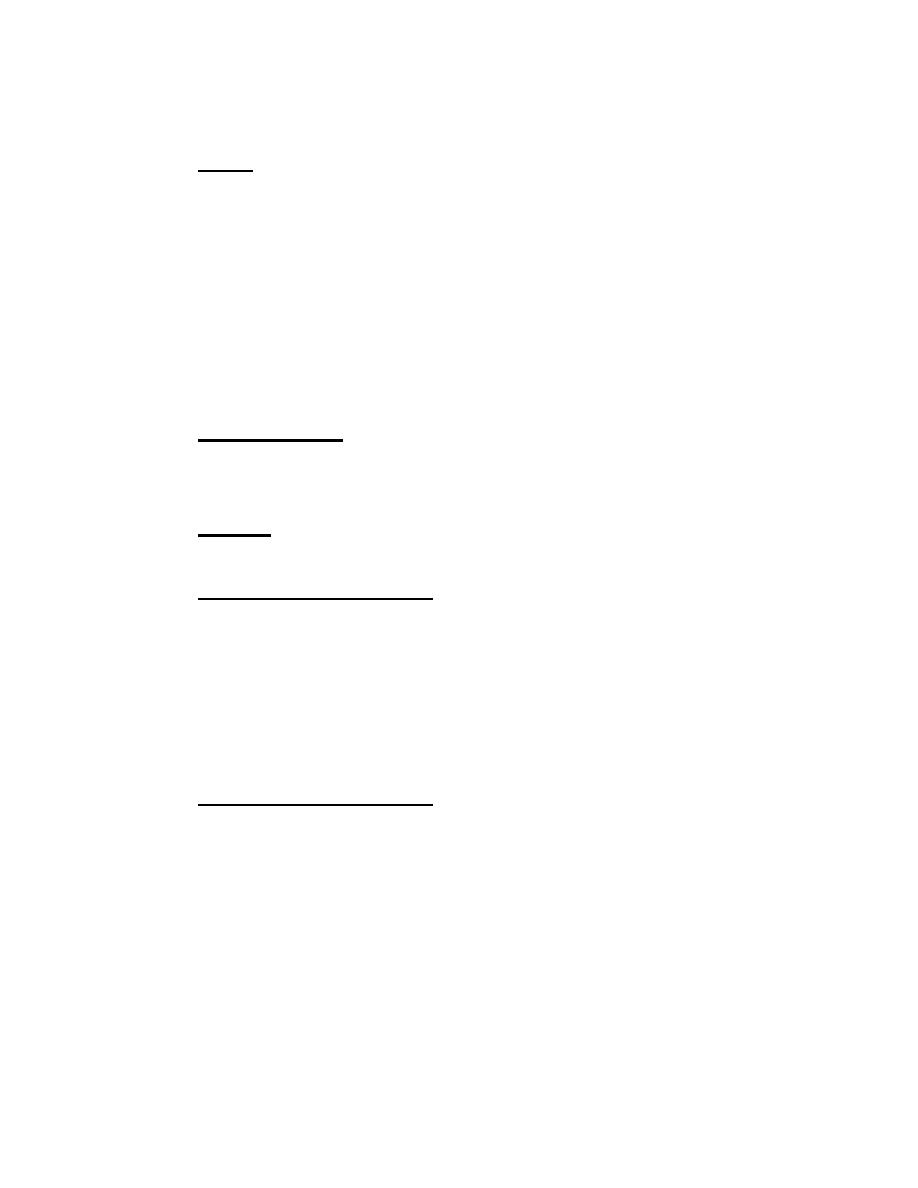

Custom Search
|
|

|
||
 MIL-HDBK-1025/4
3.4.3
Joints. A seawall should be as tight and free of cracks and joints
as can be economically justified. The repeated action of the waves seeks out
and exploits any weakness. This is the reason that sheet pile structures tend
to show poor performance if subject to heavy wave attack. Similarly,
assemblages of small precast units such as the concrete block revetment shown
in Figure 2, type D, and the precast stepped walls shown in Figure 2, type E,
and Figure 3, type G, should be limited in use to cases of light to moderate
attack. In all cases the joints between precast units should be grouted.
Joints in concrete sheet piling should be flushed before grouting. Timber
sheet piling should be tongue-and-groove or splined, but not shiplap.
Handling holes in precast units and in steel sheet piling should be plugged
and splices should be sealed. Openings around utility lines must be tightly
caulked. Weep holes require protection at the outlet to minimize wave
penetration and require a filter at the inlet end to prevent effusion of
fines. Provide shrinkage control by controlling water-cement ratio, careful
curing, and placing sequence.
3.4.4
Compartmentation. Design on the assumption that a long run of
seawall may be breached. Provide diaphragms perpendicular to the run of the
wall at 100 to 200 foot intervals, depending upon the intensity and
sensitivity of the upland development. Provide returns at the ends of the
wall to prevent flanking.
3.4.5
Drainage. Provide drainage of the backfill behind impervious walls
to prevent buildup of hydrostatic pressure. (See details in Figures 1, 2
and 3.)
3.4.6
Inundation of the Backfill. The provisions for drainage described
in para. 3.4.5 are not intended to be sufficient to prevent inundation of the
soil behind the wall due to overtopping or insufficient surface drainage,
should the upland be graded to drain to the wall. Pavement and scuppers
should be provided wherever possible to prevent the infusion of surface water
into the backfill, whether due to surface drainage or due to overtopping. If
not prevented by positive means, assume that the backfill will be inundated at
some time during the service life of the seawall. Assume also that the rate
of inundation will exceed the discharge capacity of chimney drains and weep
holes (which will be submerged at the time of overtopping). Design as
described in para. 3.3.3 d) for lateral pressures incident to ground water
level behind the wall.
3.4.7
Passive Resistance of Soil. Discount passive resistance to depth
of anticipated scour at toe of wall. Be aware also that the development of
passive resistance requires movement of the wall which, in general, is greater
than the deflections which can be accommodated by bending of the structure.
For example, the elastic deflection in flexure of a cutoff wall or of piles,
where present, normally is incompatible with the displacement required for
development of passive resistance on said wall. Due to such incompatibility,
the two resistances may not be added. The design must be detailed to
accommodate these displacements and must consider that, since the soil is not
uniform, the displacements will not be uniform. Examples of details to
accommodate movement are shown in Figures 4 and 5.
14
|
 |
|
 |
||